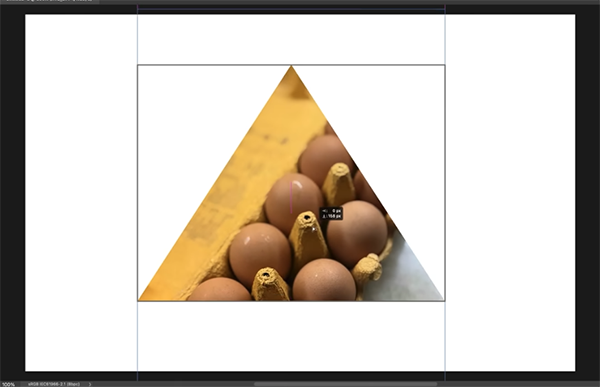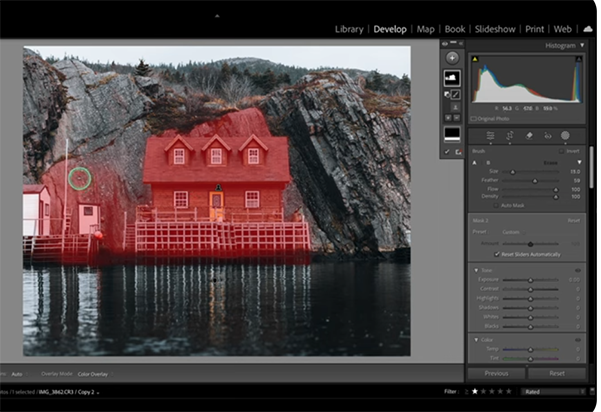Is YOUR Camera the Right Choice for You? (VIDEO)
Most photographers are gear freaks who chase the latest and greatest imaging innovations, and new cameras tend to be near the top of everyone’s list. Maybe you finally want to make the switch from a DSLR to a mirrorless model, or perhaps you want a full-frame camera with more resolution.
The primary goal of this tutorial from photographer Chis Harvey is to help determine if your current camera suits your needs, or if it’s really time for something new. This is a very important decision because sometimes it makes more sense to invest in new glass—especially if you’re motivated by ultimate image quality.
Harvey is a versatile photographer from North Wales who says he’s passionate about documenting the world through his lens, and his popular YouTube channel “caters to photographers of all abilities and genres who want to learn and understand more about the creative process” by taking advantage of what he’s learned along the way.

When it comes to purchasing new gear there’s a big difference between what you want and what you need to improve the quality of your imagery. Harvey runs down his list of the “only reasons to upgrade your camera,” and he poses “two important questions you need to ask yourself that will help you decide if it’s time for a change.”
Despite what you’ve heard that gear doesn’t really matter, Harvey says this: “I’m actually here to tell you that gear does matter—but maybe not in the way you think it does.” This very interesting discussion explores this contentious topic in detail, so you can dtermine for yourself if and how a new camera will advance your imagery and enjoyment of our craft.
Harvey’s discussion covers a wide-range of topics in addition to the two questions mentioned above. He has some very helpful advice that he expresses so quickly and concisely that we won’t be a buzzkill and summarize his thoughts here. You deserve to hear and see everything in Harvey’s own words.

So before you pull out a credit card, this is our recommendation: Set aside 10 minutes to watch the video with your existing camera in hand, answer Harvey’s thoughtful questions honestly, and see where you end up. Then check out Harvey’s popular YouTube channel for more provocative discussions like this one.
And don’t miss the primer we featured recently with another accomplished pro who provides a step-by-step guide to capturing multiple exposures in the camera. That way you avoid any complex post-processing tricks.









